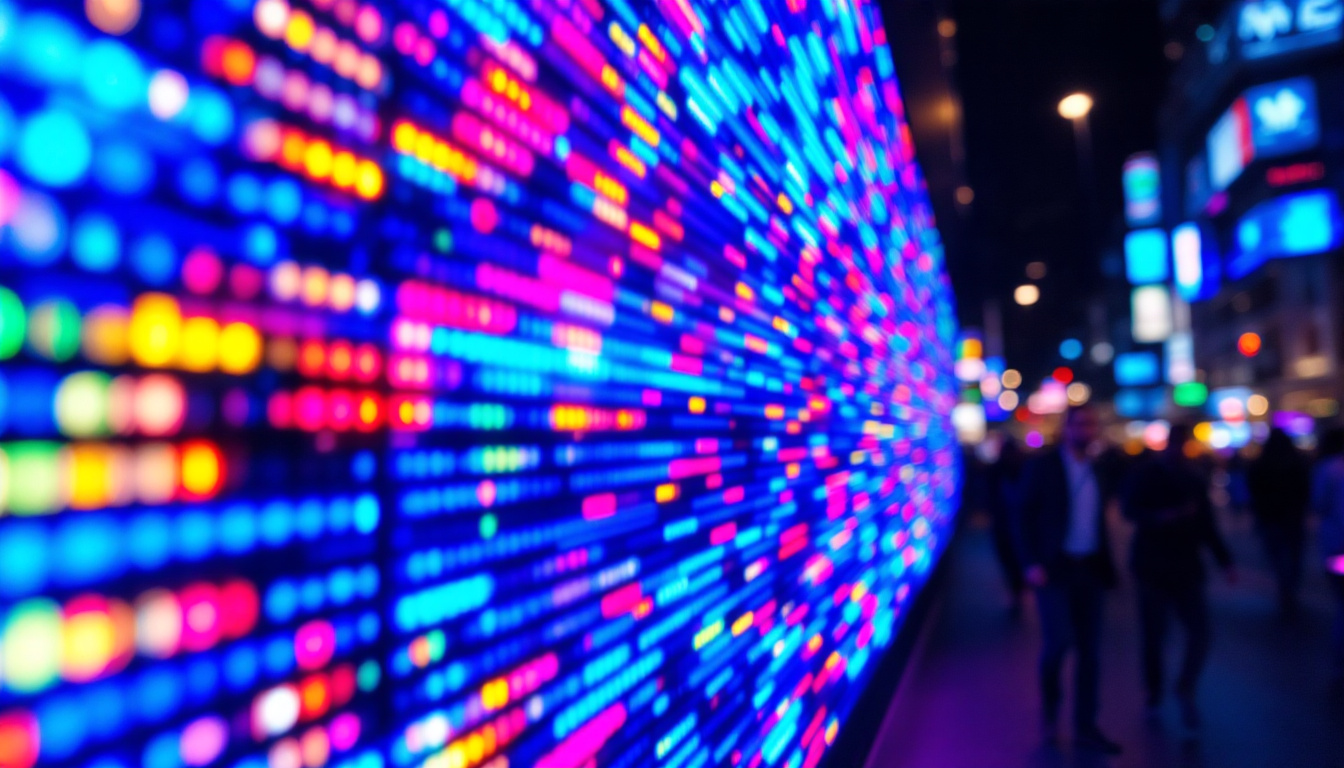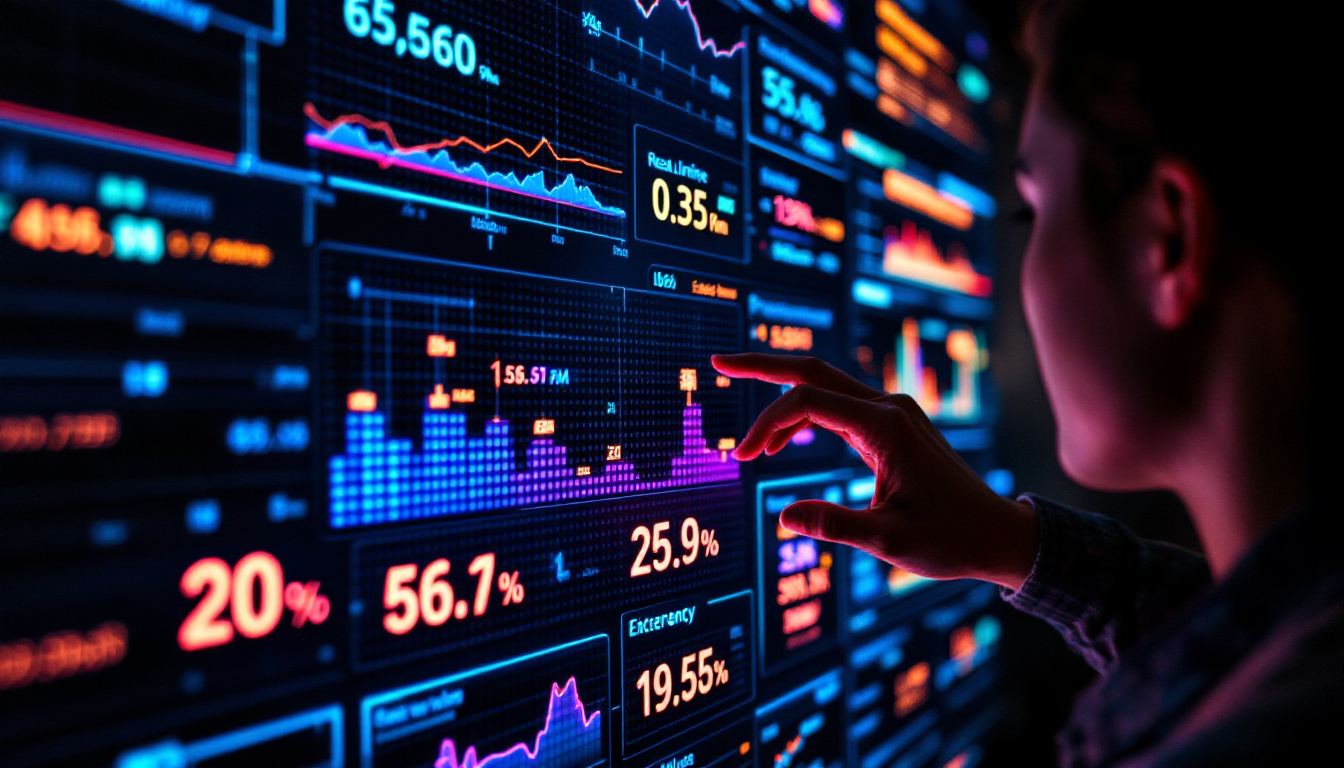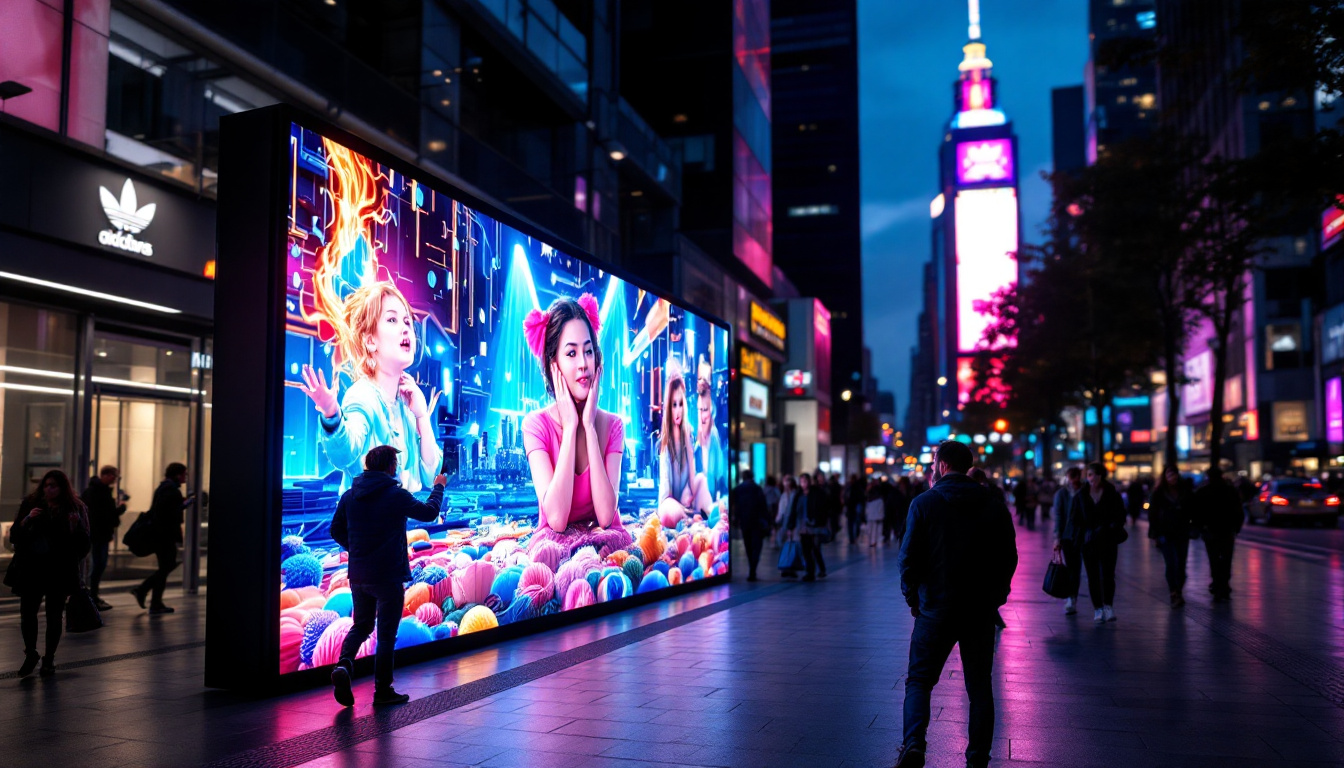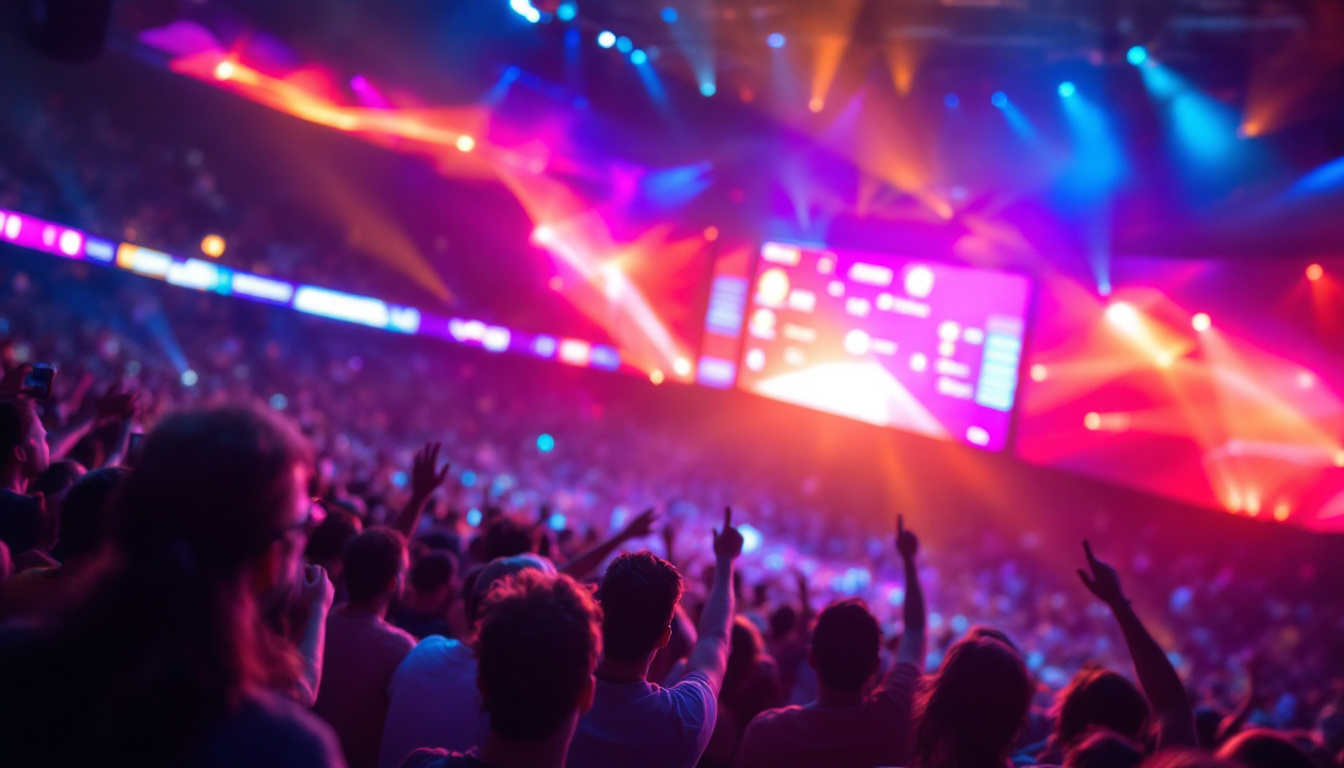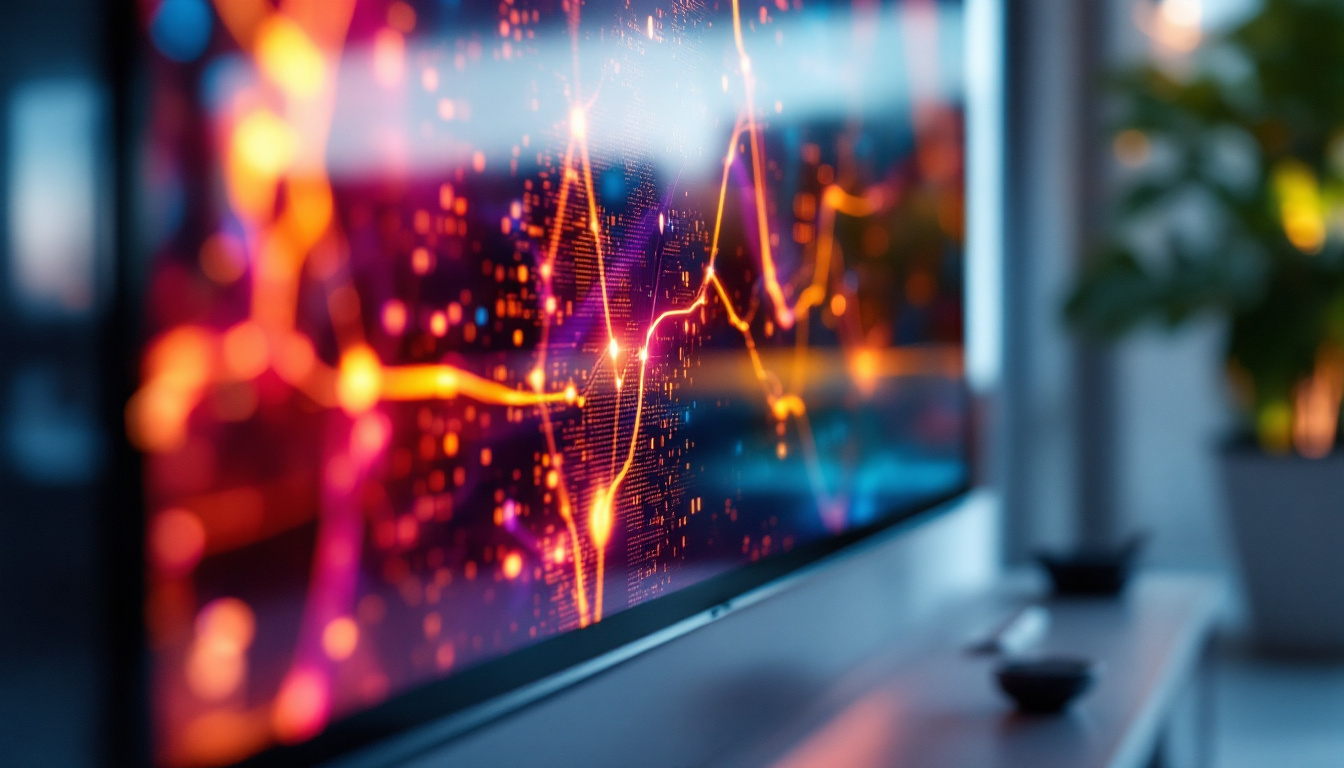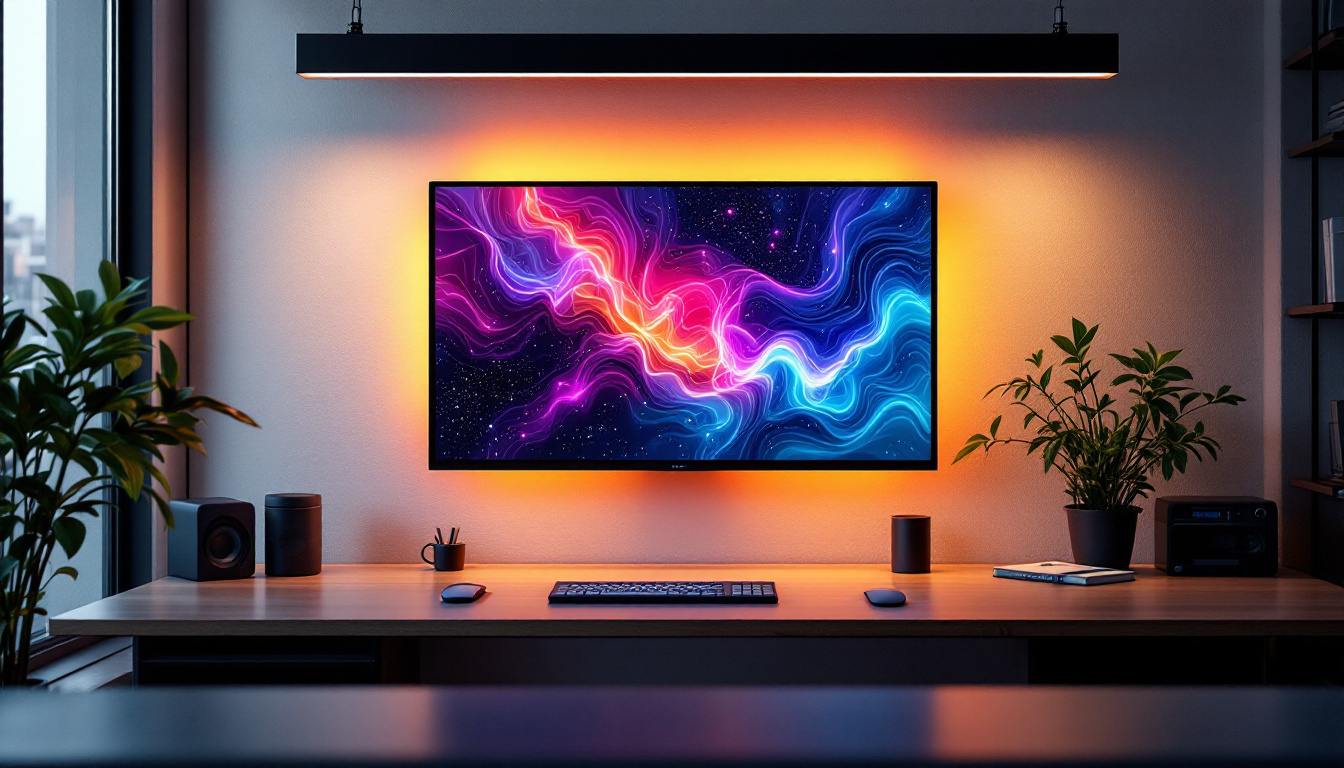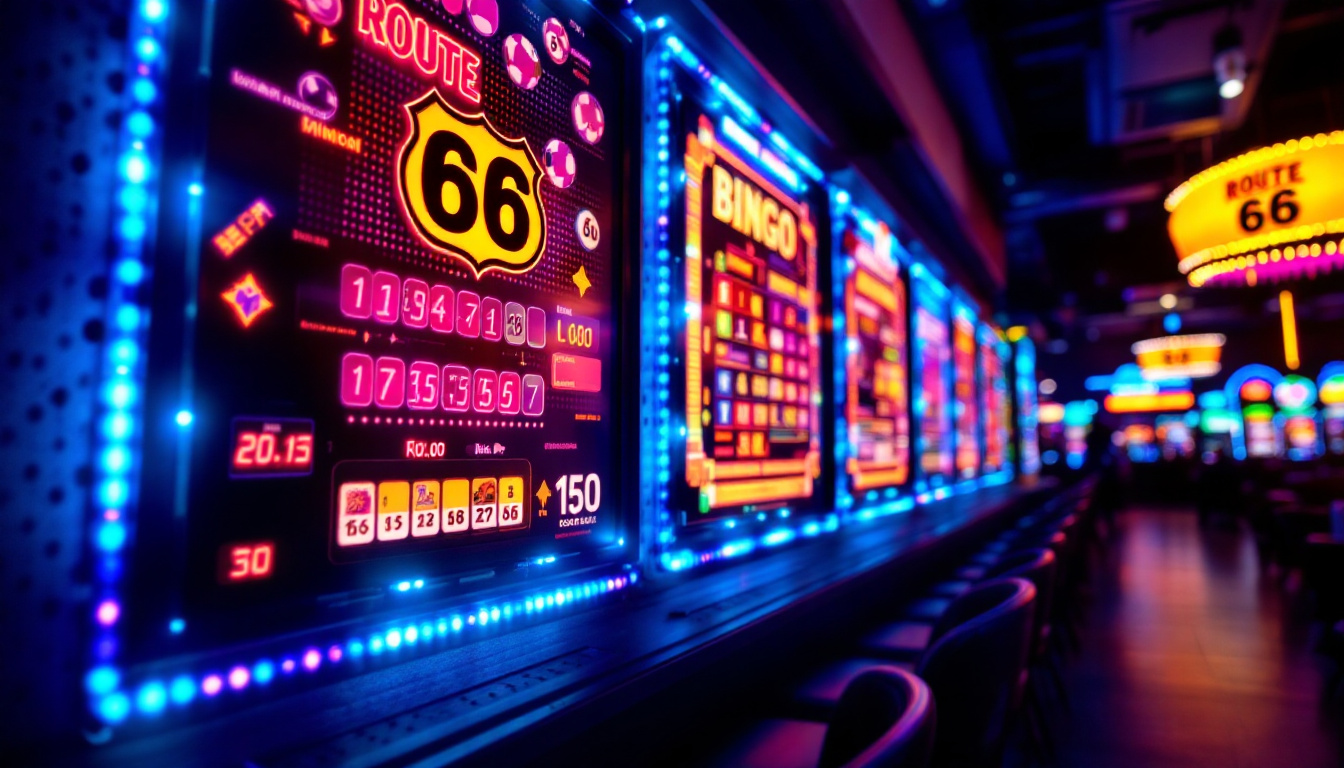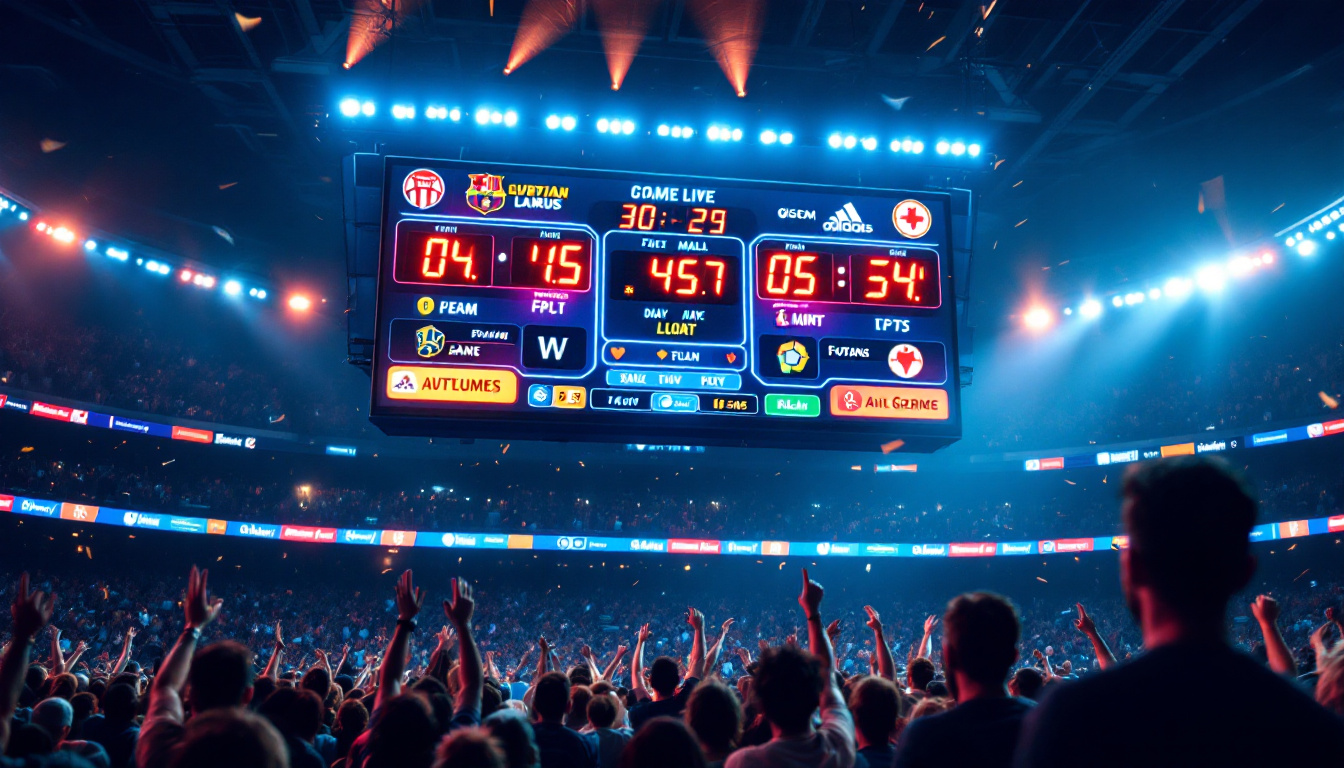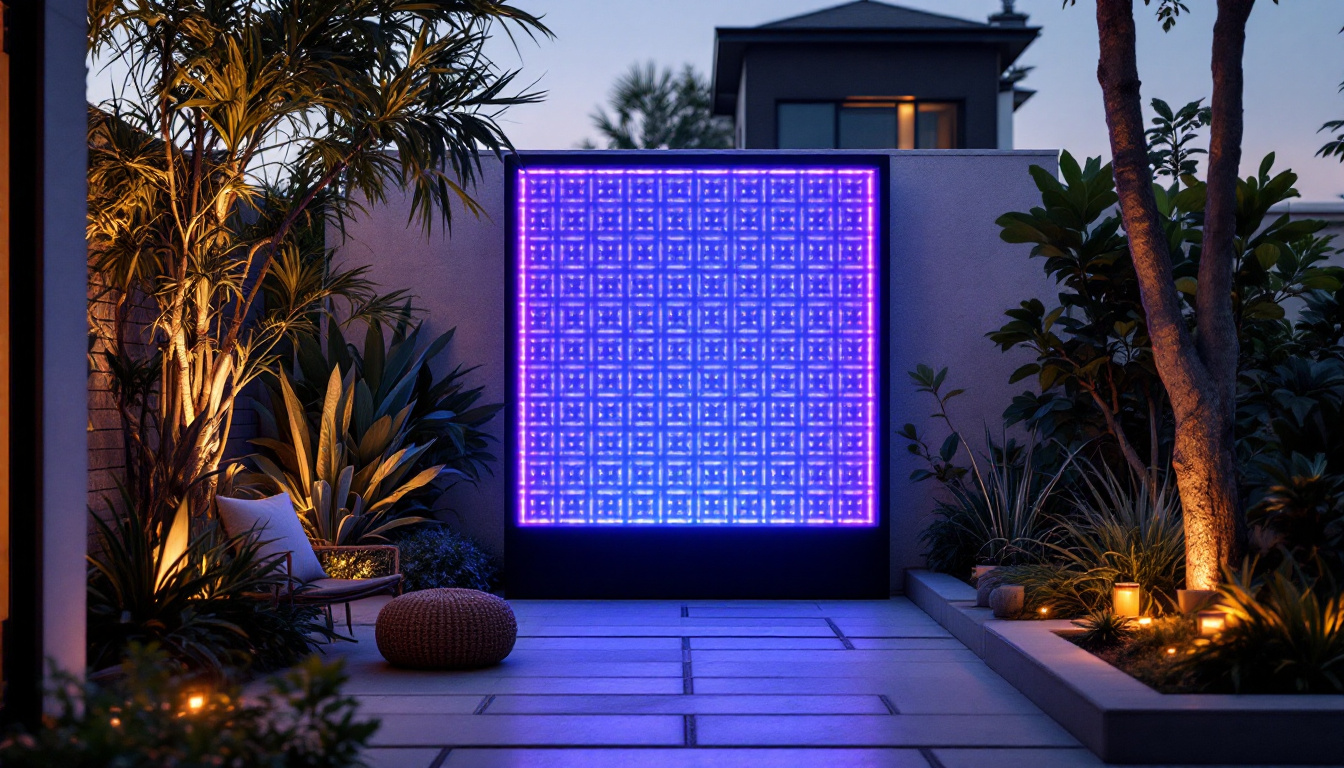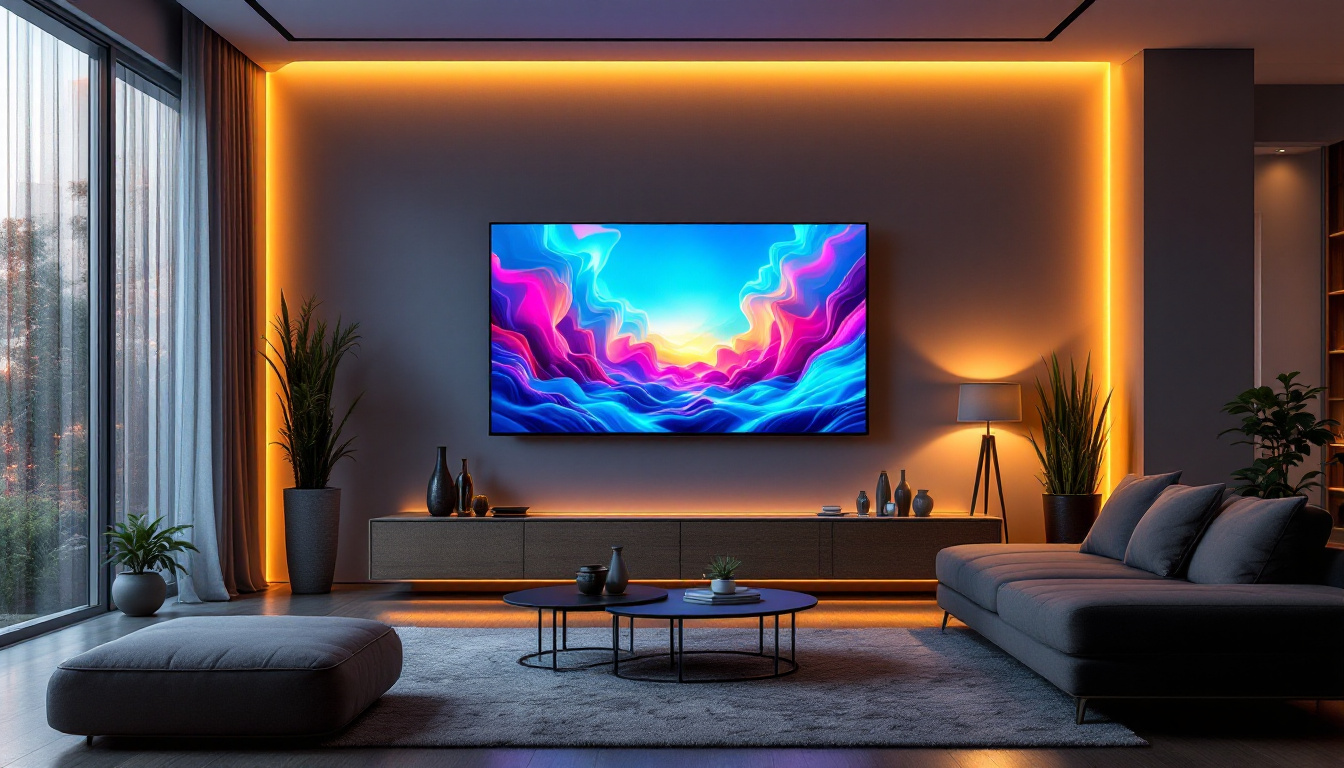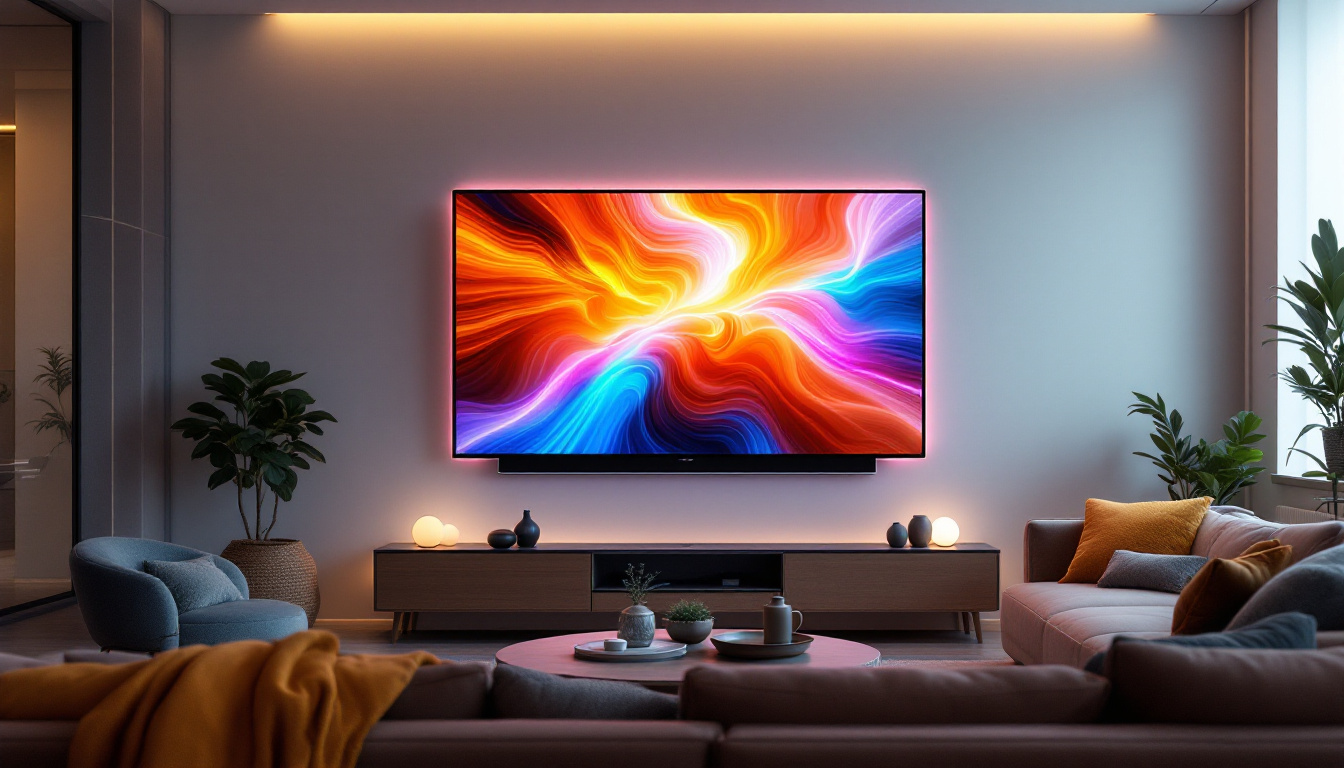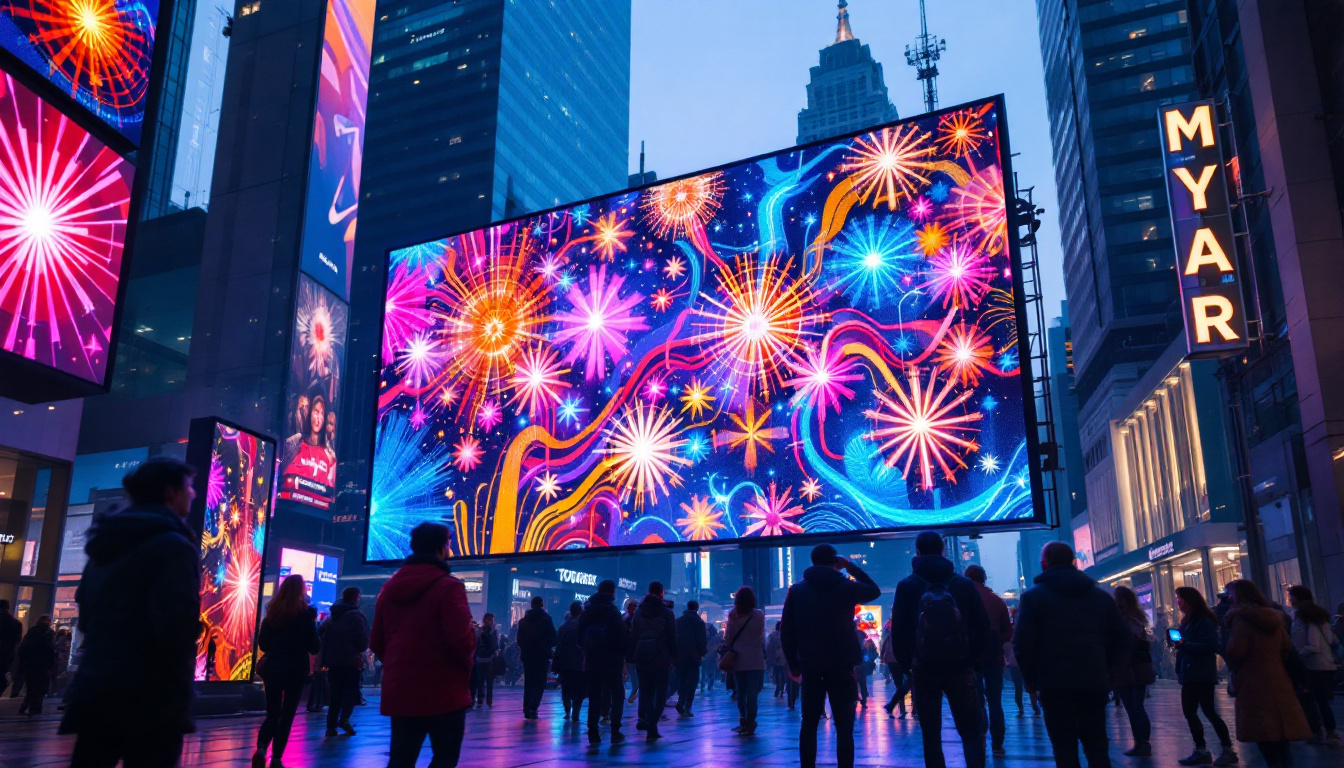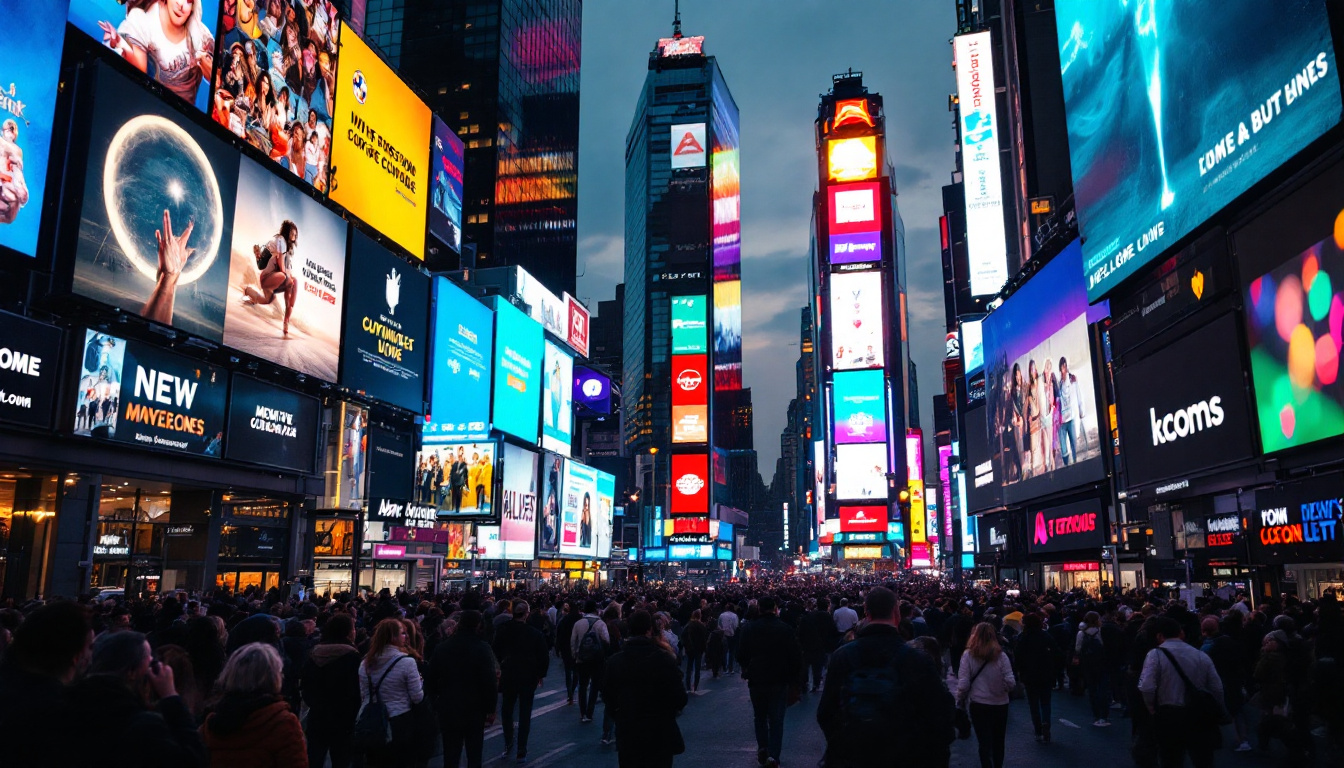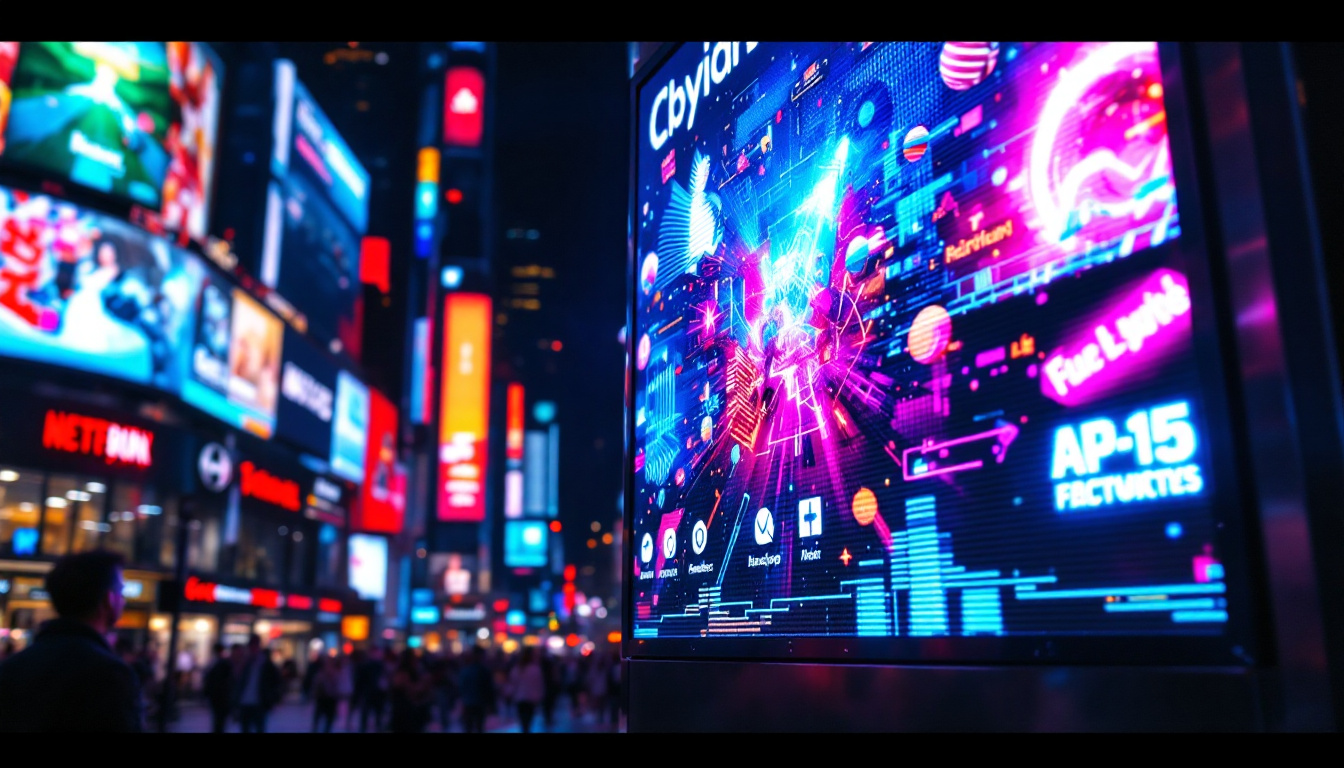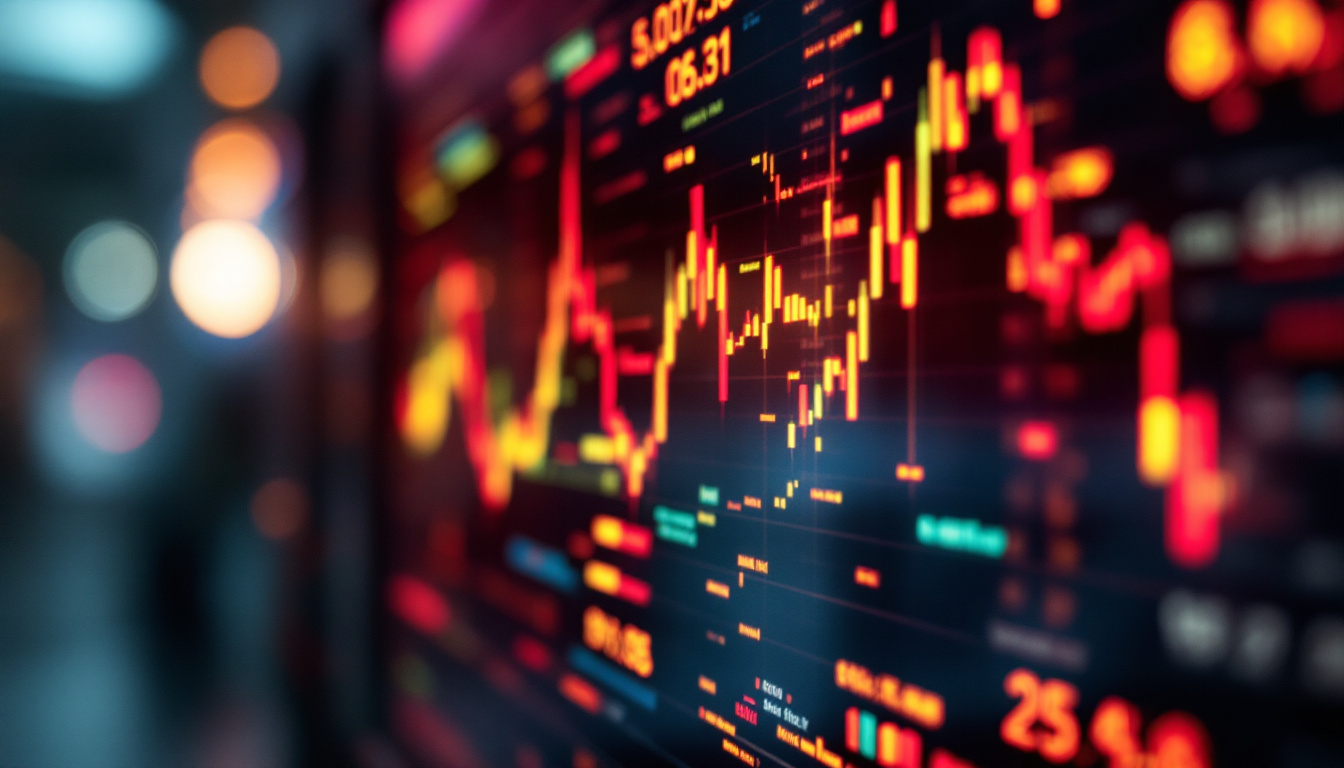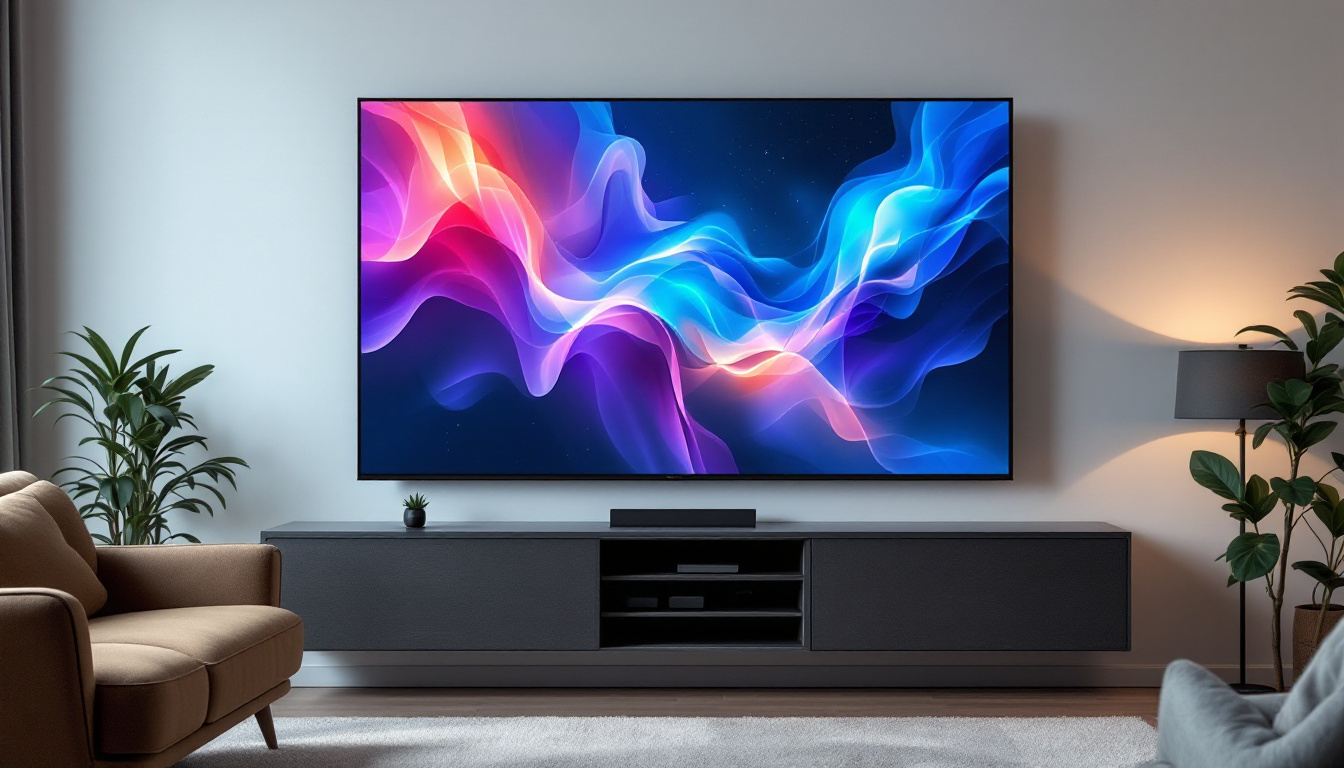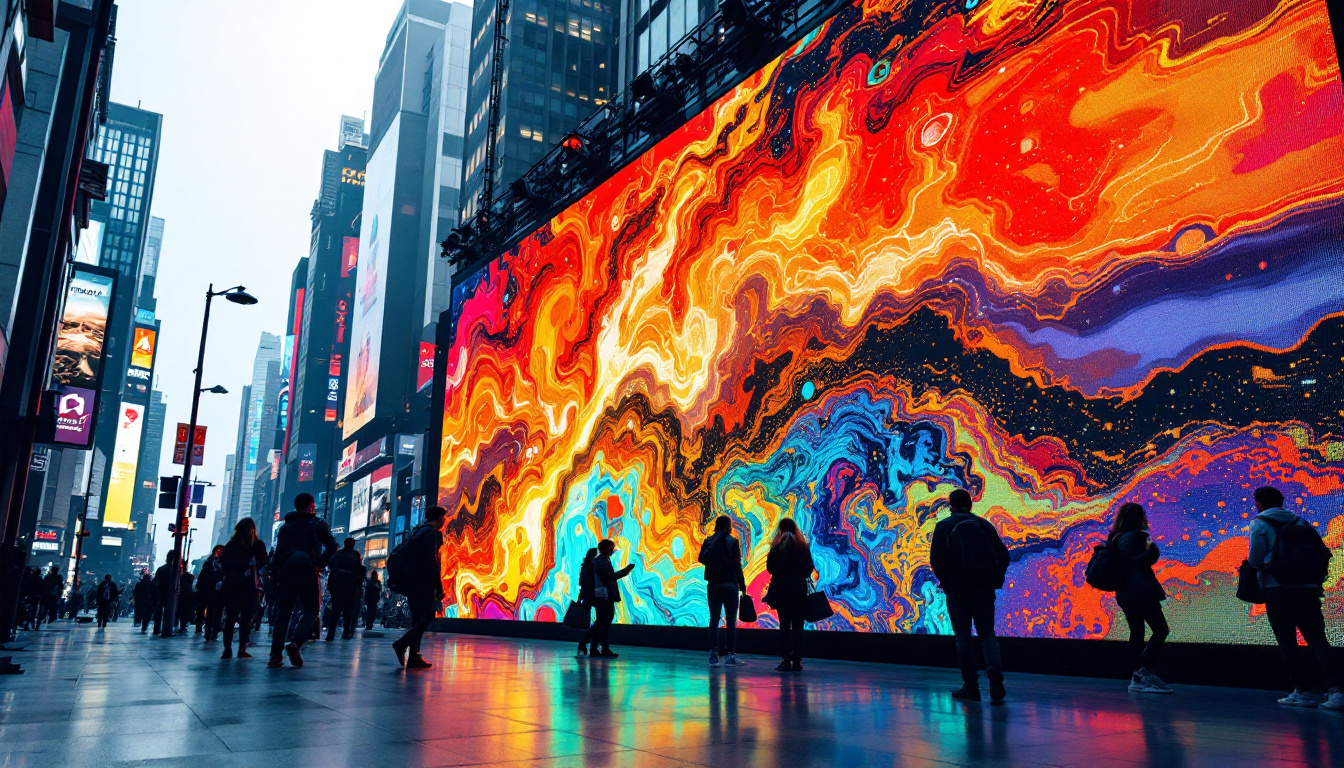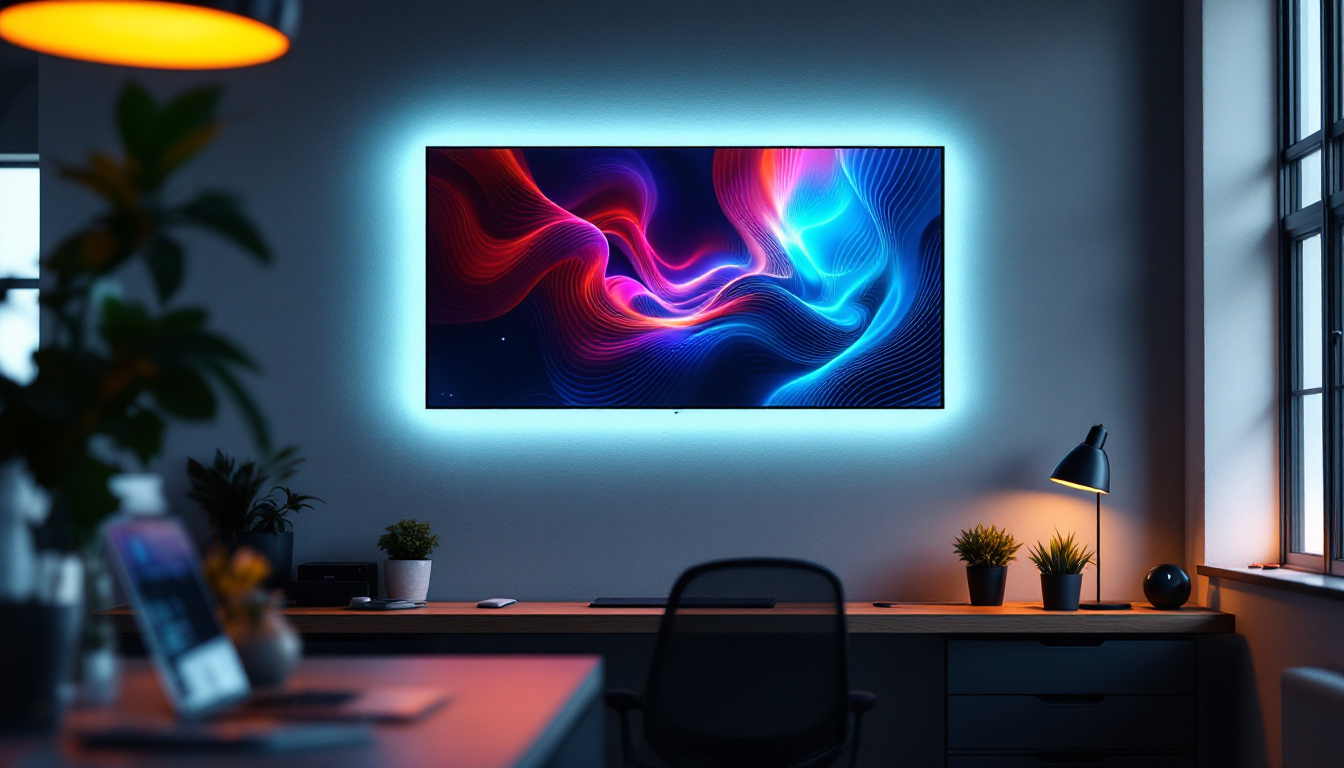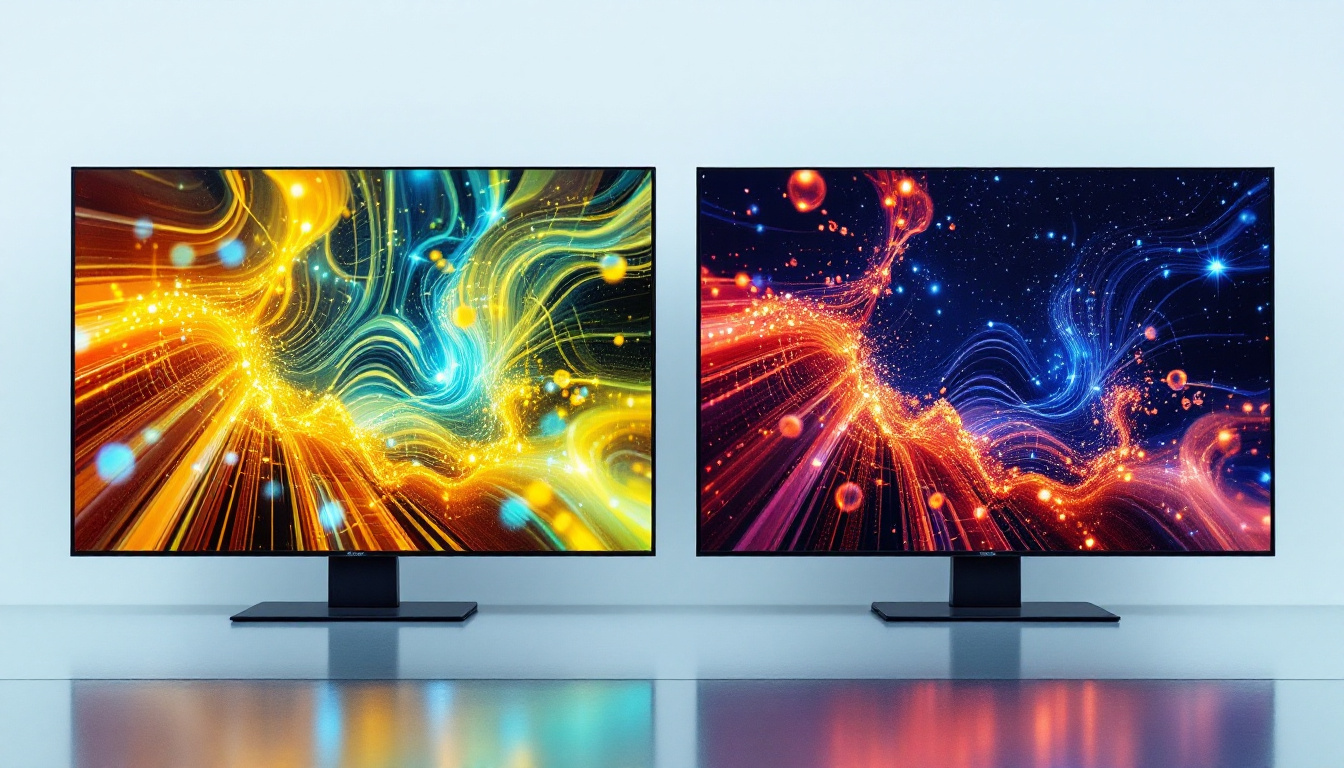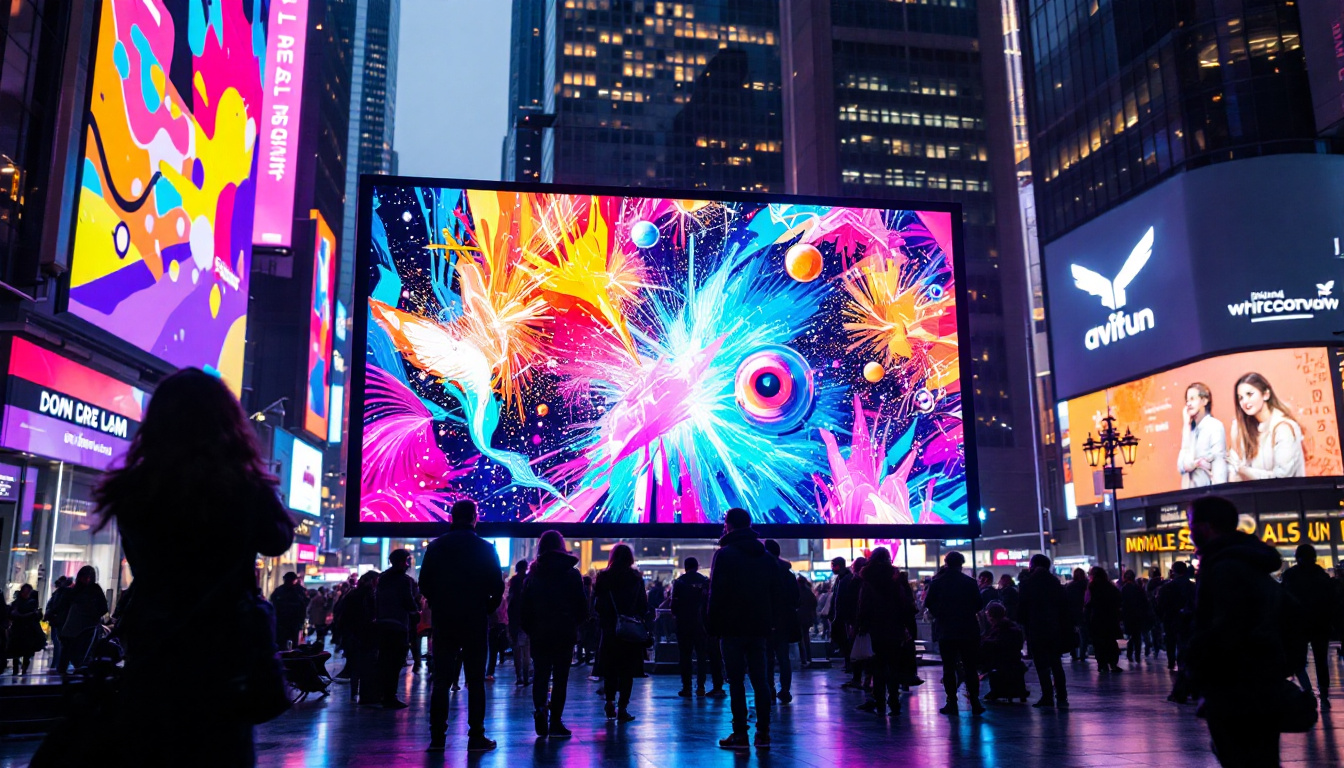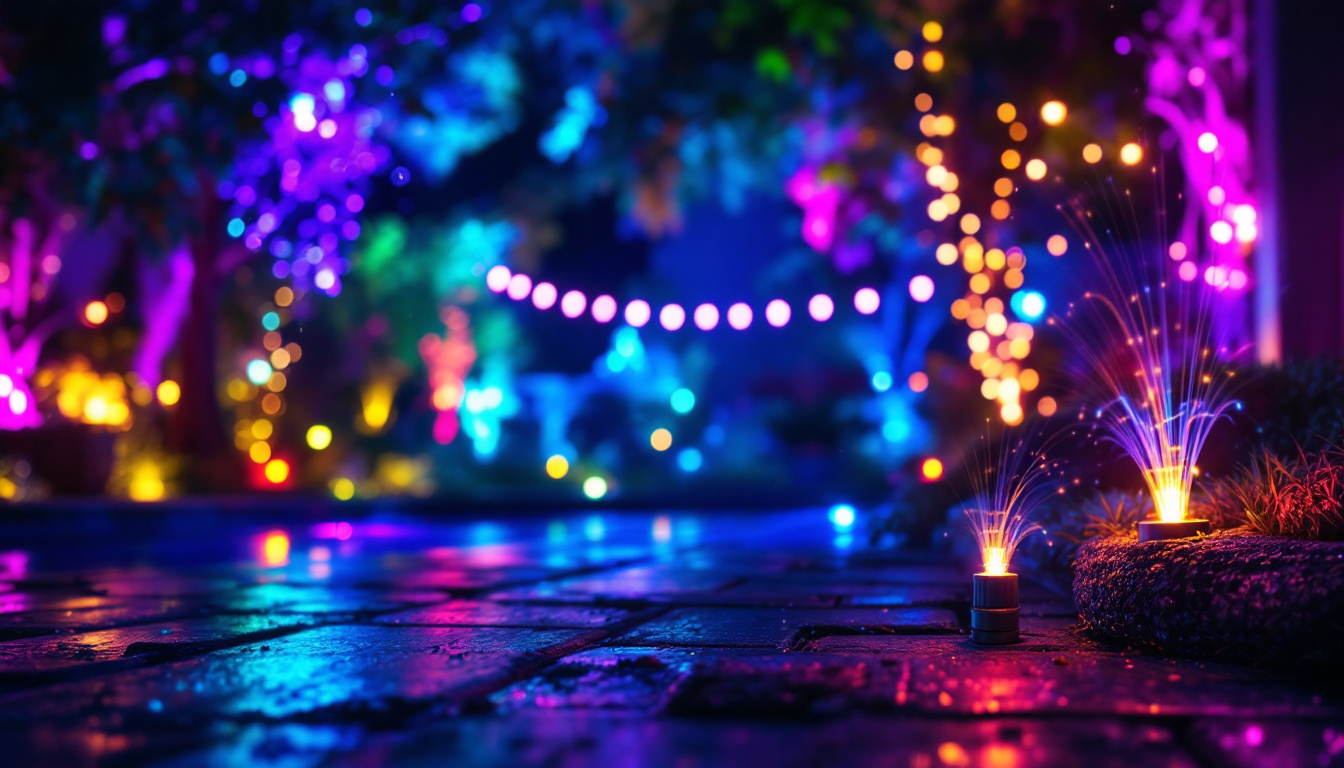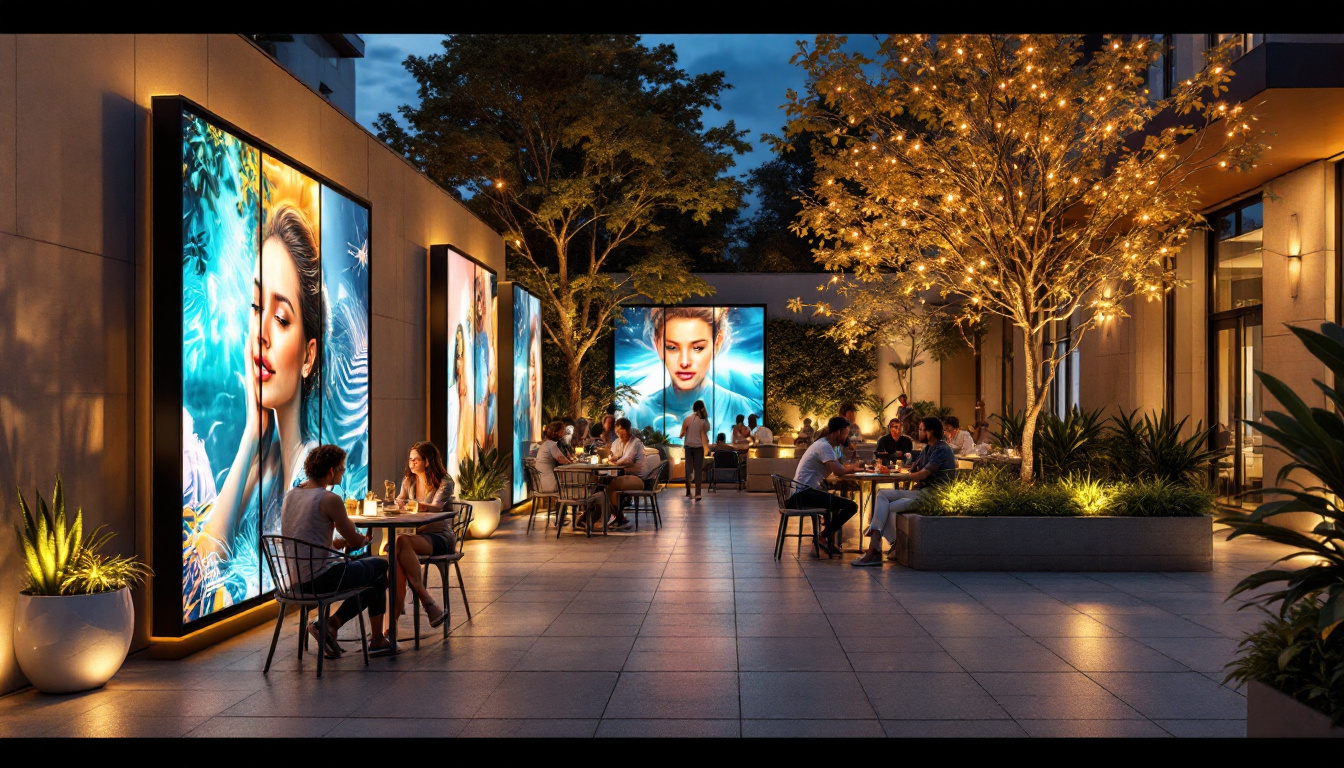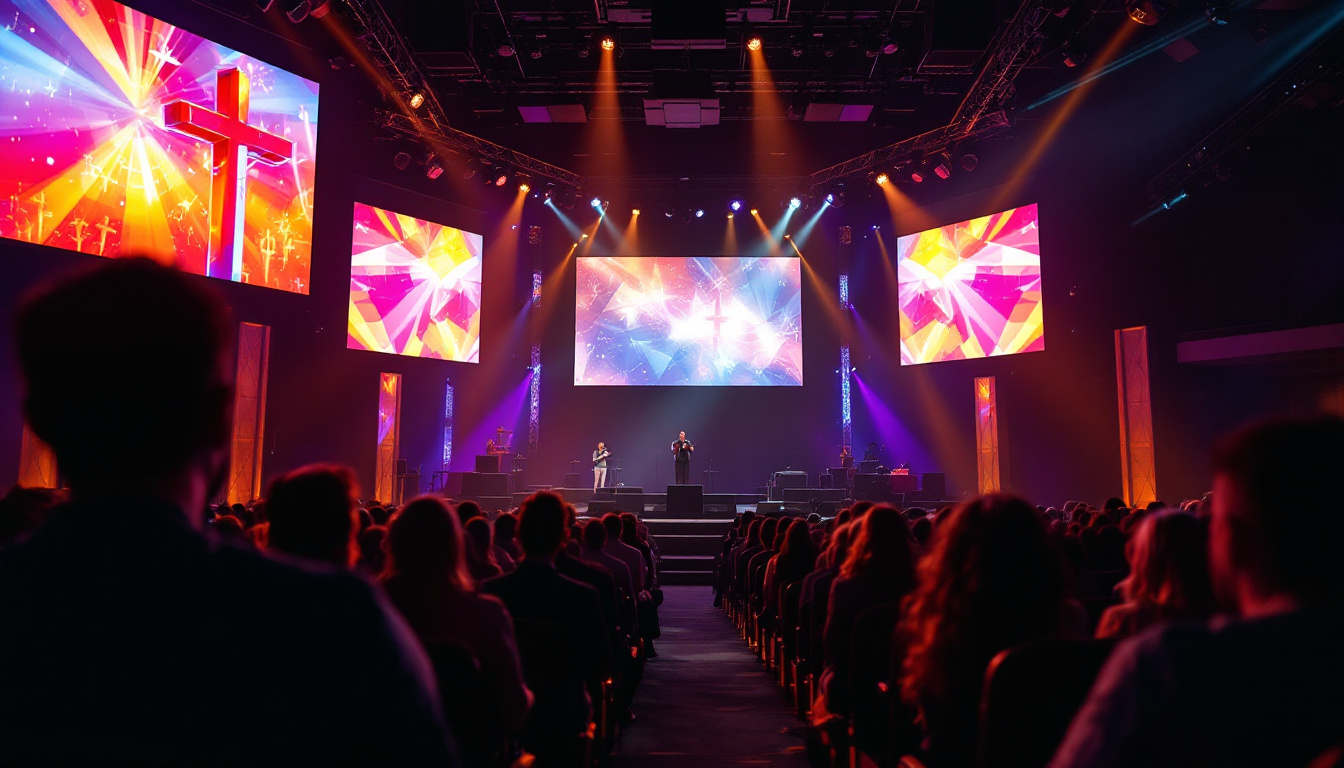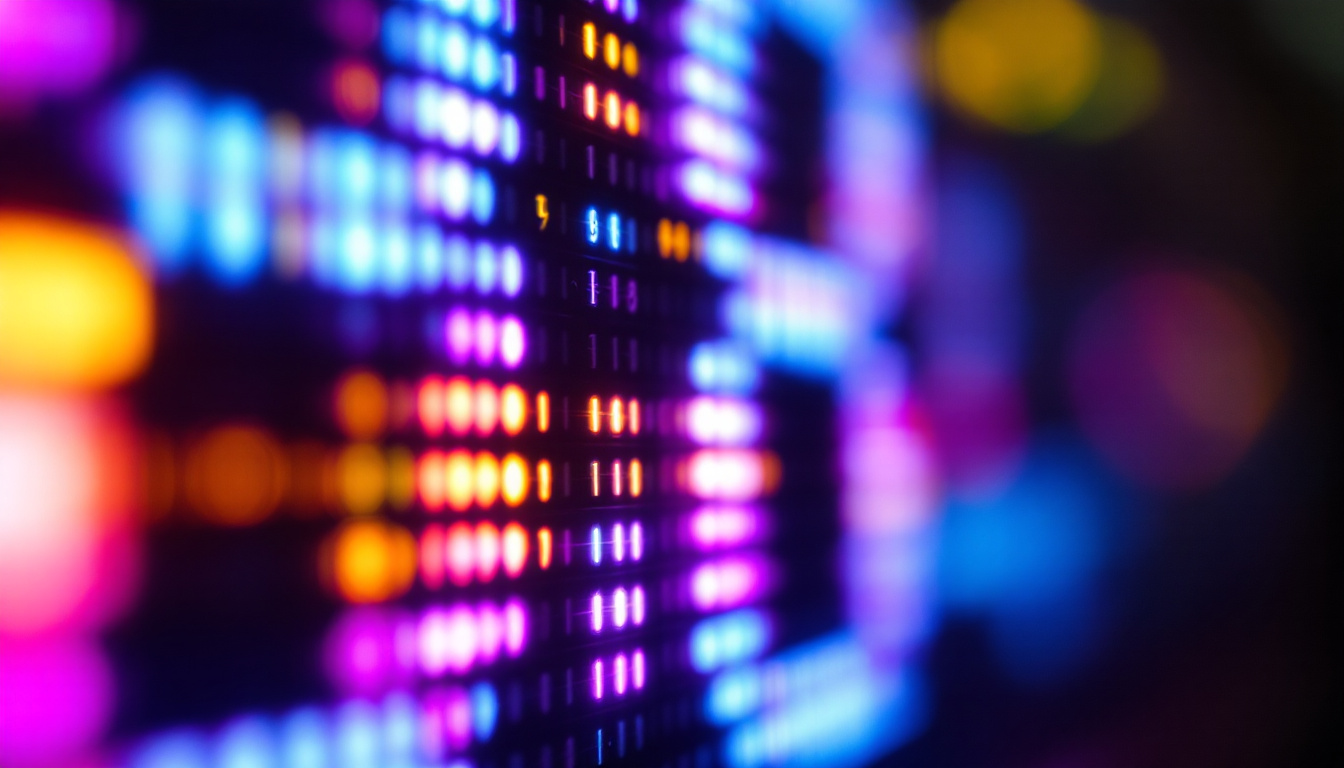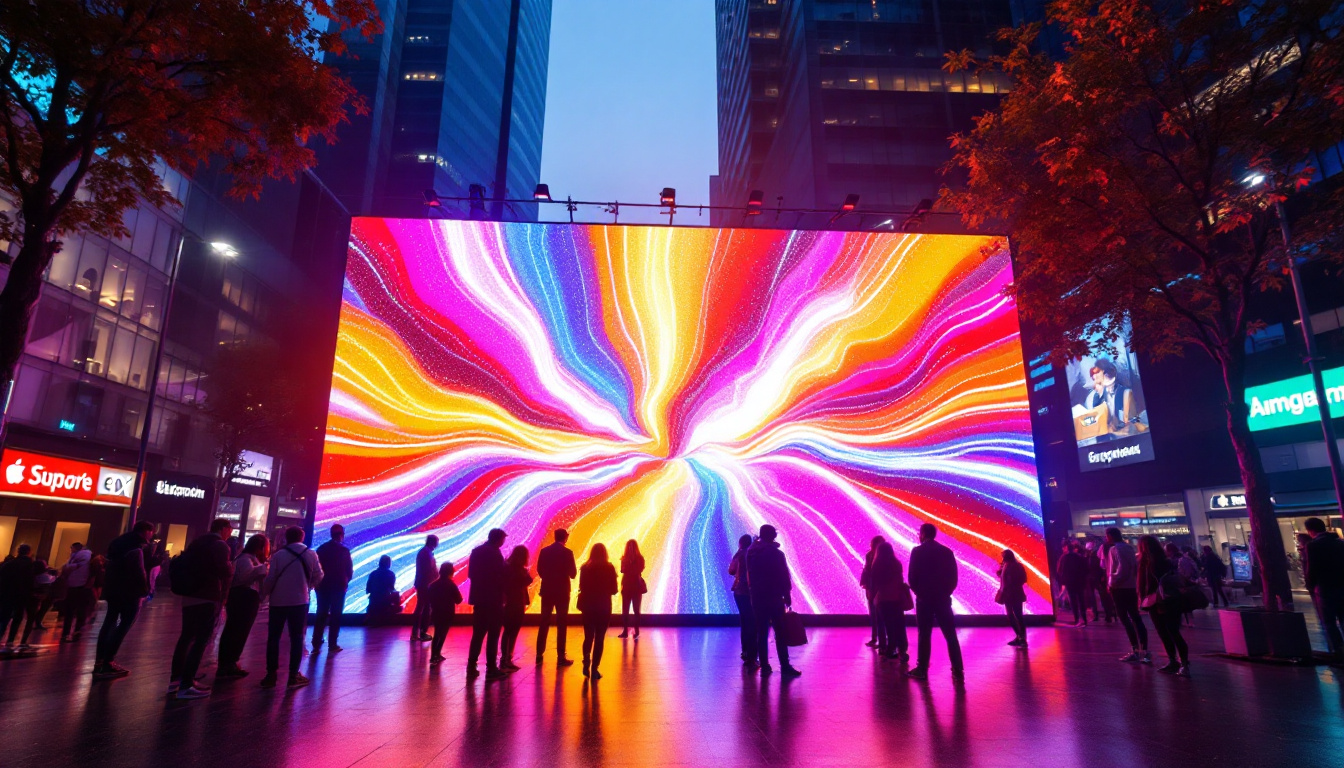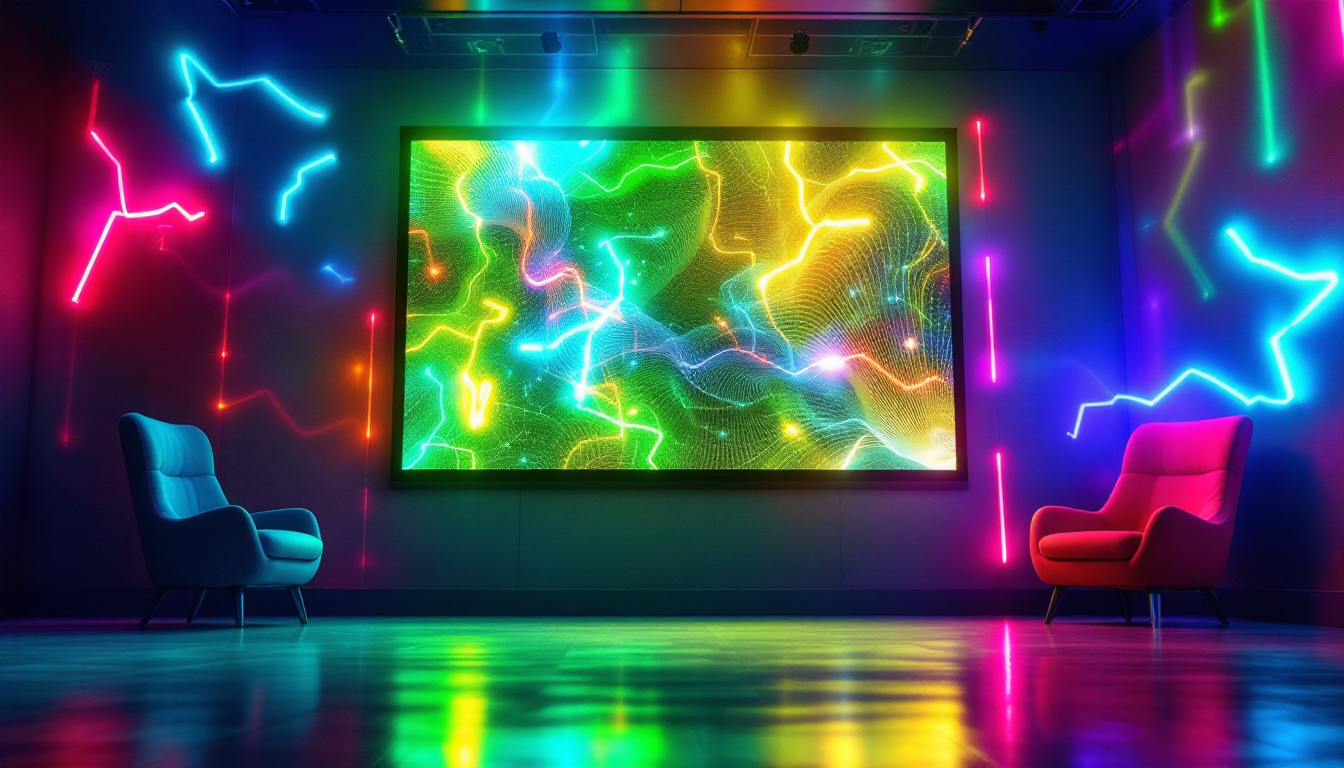In the realm of modern technology, LED displays have emerged as a pivotal element across various industries. From advertising billboards to televisions and digital signage, the versatility and efficiency of LED technology have transformed how information is conveyed visually. This article delves into the intricacies of LED displays, exploring their functionality, advantages, and applications, while also highlighting the significance of Power over Ethernet (PoE) in enhancing their performance.
Understanding LED Technology
What is an LED?
LED, or Light Emitting Diode, is a semiconductor device that emits light when an electric current passes through it. Unlike traditional incandescent bulbs, which produce light by heating a filament, LEDs generate light through electroluminescence. This process allows for greater energy efficiency and longevity, making LEDs a preferred choice in various lighting applications.
The basic structure of an LED consists of a chip made from a semiconductor material, typically gallium arsenide or gallium phosphide. When electrons move through the semiconductor, they recombine with electron holes, releasing energy in the form of photons, which is visible light. The color of the emitted light depends on the materials used in the semiconductor. This characteristic enables manufacturers to produce LEDs in a wide range of colors without the need for filters, thereby increasing their versatility in applications ranging from decorative lighting to complex displays.
Additionally, LEDs are known for their durability and resistance to shock and vibration, which makes them ideal for use in various environments, including automotive lighting and outdoor installations. Their low heat generation also contributes to their safety and efficiency, reducing the risk of burns or fire hazards associated with traditional lighting solutions. As technology advances, the development of new materials and designs continues to enhance the performance and applications of LED technology.
Types of LED Displays
LED displays come in several types, each designed for specific applications. The most common types include:
- Direct View LED Displays: These displays use individual LEDs to create images and are commonly used in large outdoor screens and stadiums. Their high brightness and visibility in direct sunlight make them perfect for advertising and public announcements.
- LED Backlit Displays: Often found in televisions and computer monitors, these displays use LEDs to provide backlighting for LCD panels, enhancing brightness and color accuracy. This technology allows for thinner screens and improved energy efficiency compared to traditional fluorescent backlighting.
- Organic LED (OLED) Displays: Utilizing organic compounds, OLEDs offer superior contrast and color depth, making them popular in high-end televisions and smartphones. The ability of OLEDs to achieve true blacks by turning off individual pixels contributes to their stunning visual performance, creating an immersive viewing experience.
In addition to these common types, there are also specialized LED displays, such as transparent LEDs, which allow for creative advertising solutions without obstructing views, and flexible LED displays that can be shaped to fit various surfaces. These innovations are expanding the possibilities for LED technology in both commercial and artistic applications. As the demand for energy-efficient and high-quality display solutions grows, the LED market continues to evolve, incorporating advancements in technology to meet the needs of consumers and industries alike.
The Role of Power over Ethernet (PoE)
What is PoE?
Power over Ethernet (PoE) is a technology that allows electrical power and data to be transmitted over standard Ethernet cables. This innovation simplifies the installation of network devices, eliminating the need for separate power sources. In the context of LED displays, PoE can significantly enhance functionality and ease of use.
By utilizing PoE, LED displays can receive both power and data through a single cable, streamlining the setup process. This is particularly beneficial in locations where power outlets are scarce or difficult to access, such as outdoor installations or remote areas. Additionally, PoE technology supports a variety of devices, making it versatile for different applications, from IP cameras to wireless access points, all while maintaining a clean and organized installation.
Benefits of Using PoE with LED Displays
The integration of PoE with LED display technology offers several advantages:
- Simplified Installation: With only one cable needed for both power and data, installation becomes more straightforward and less time-consuming.
- Flexibility in Placement: PoE allows for greater flexibility in the placement of LED displays, as they can be installed in locations without nearby power outlets.
- Reduced Costs: By eliminating the need for additional electrical work, PoE can lead to significant cost savings in installation and maintenance.
Moreover, PoE technology enhances the reliability of the network by reducing the number of cables and connections that can potentially fail. This is particularly crucial for businesses that rely on uninterrupted display functionality for advertising or information dissemination. Furthermore, PoE-enabled devices often come with built-in management features that allow for remote monitoring and troubleshooting, which can save time and resources in the long run. As a result, organizations can ensure that their LED displays are always operational, providing a seamless experience for viewers.
In addition to these practical benefits, the environmental impact of using PoE should not be overlooked. By streamlining power consumption and reducing the need for additional electrical infrastructure, PoE contributes to a more sustainable approach to technology deployment. This aligns well with the growing emphasis on green technology and energy efficiency in modern business practices. As companies increasingly seek to minimize their carbon footprint, the adoption of PoE for LED displays represents a forward-thinking choice that meets both operational and environmental goals.
Applications of LED Displays
Advertising and Marketing
One of the most prominent applications of LED displays is in advertising and marketing. Digital billboards and signage have revolutionized the way brands communicate with consumers. The vibrant colors and high brightness of LED displays attract attention, making them ideal for outdoor advertising.
Moreover, the ability to change content dynamically allows businesses to tailor their messages based on time of day, audience demographics, or even current events. This flexibility enhances engagement and ensures that advertisements remain relevant and impactful.
Entertainment and Events
In the entertainment industry, LED displays play a crucial role in enhancing the audience experience. Concerts, sporting events, and festivals often feature large LED screens that display live feeds, graphics, and animations, creating an immersive environment for attendees.
These displays can also be used for stage backdrops, providing a dynamic visual element that can be easily altered to match the theme of the performance. The high resolution and brightness of LED technology ensure that visuals are clear and captivating, even in outdoor settings.
Corporate and Educational Use
LED displays have found their way into corporate environments and educational institutions as well. In corporate settings, they are used for presentations, video conferencing, and information displays in lobbies and meeting rooms. Their ability to present information clearly and attractively enhances communication and collaboration.
In educational institutions, LED displays are increasingly used in classrooms and auditoriums. They facilitate interactive learning experiences and can display educational content in a visually engaging manner, catering to various learning styles.
Advantages of LED Displays
Energy Efficiency
One of the standout features of LED displays is their energy efficiency. Compared to traditional display technologies, LEDs consume significantly less power, which translates to lower electricity bills and a reduced carbon footprint. This efficiency is particularly important for large installations, where the cumulative energy savings can be substantial.
Longevity and Durability
LED displays are designed to last. With a lifespan that can exceed 50,000 hours, they outlast many other display technologies. This longevity reduces the frequency of replacements and maintenance, making them a cost-effective solution in the long run.
Additionally, LEDs are more resistant to shock and vibration, making them suitable for a variety of environments, including outdoor settings where weather conditions can be harsh.
High-Quality Visuals
LED displays are renowned for their superior visual quality. They offer high brightness levels, vibrant colors, and excellent contrast ratios, ensuring that content is displayed clearly and attractively. This quality is particularly important in applications where visual impact is crucial, such as advertising and entertainment.
Challenges and Considerations
Initial Costs
While LED displays offer numerous advantages, the initial investment can be a consideration for some businesses. The cost of high-quality LED technology can be higher than traditional display options. However, it’s essential to weigh this against the long-term savings in energy and maintenance costs.
Installation Requirements
Installing LED displays, especially large ones, may require specialized skills and equipment. Ensuring proper installation is crucial for optimal performance and longevity. Engaging professionals with experience in LED technology can mitigate potential issues and ensure that displays are set up correctly.
Content Management
Managing content for LED displays can also pose challenges. Businesses must invest in content management systems that allow for easy updates and scheduling of content. This is particularly important for dynamic displays that change frequently to keep the audience engaged.
The Future of LED Displays
Technological Advancements
The future of LED displays is bright, with ongoing advancements in technology promising even more impressive capabilities. Innovations such as microLED and miniLED technologies are paving the way for displays with higher resolutions, improved color accuracy, and greater energy efficiency.
Additionally, developments in flexible and transparent LED displays are opening new avenues for creative applications. These technologies allow for displays that can be integrated into various surfaces, from windows to clothing, expanding the potential for visual communication.
Integration with Smart Technologies
As smart technologies continue to evolve, the integration of LED displays with IoT (Internet of Things) devices is becoming increasingly common. This integration allows for real-time data display, interactive features, and enhanced user experiences. For instance, smart LED displays can adapt content based on audience behavior or environmental conditions, providing a more personalized experience.
Conclusion
LED displays have become an integral part of modern communication, transforming how information is shared and experienced. Their energy efficiency, longevity, and high-quality visuals make them a preferred choice across various industries. Coupled with the advantages of Power over Ethernet, LED technology is poised to continue its growth and evolution.
As advancements in technology pave the way for new applications and capabilities, businesses and organizations must stay informed about the latest trends in LED displays. Embracing this technology not only enhances visual communication but also positions entities to thrive in an increasingly digital world.
Explore Cutting-Edge LED Solutions with LumenMatrix
Ready to elevate your visual communication strategy? Discover LumenMatrix’s innovative LED display technology, designed to captivate your audience and amplify your brand’s presence. From Indoor and Outdoor LED Wall Displays to specialized solutions like Vehicle LED Displays, LED Sports Displays, and Custom LED Displays, LumenMatrix offers a comprehensive range of products to meet your unique needs. Experience the future of digital signage with our All-in-One LED Displays and LED Transparent Displays. Check out LumenMatrix LED Display Solutions today and transform your visual messaging with unparalleled clarity and impact.

